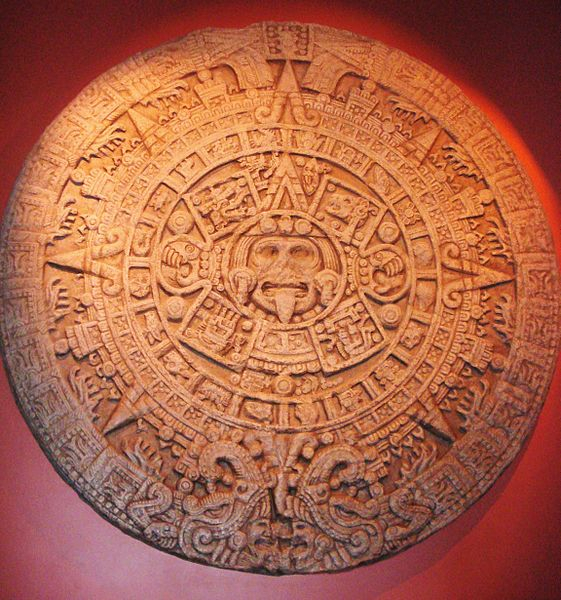The empire of Aztec was formed after the three ruling cities Tenochtitlan, Texcoco and Tlacopa joined the forces 1428. Tenochtitlan, also known as Mexica-Tenochtitlan, became the most dominant military power and buried all evidence of past civilisations. But after an archaeologist made an unexpected discovery in Mexico it helped to expose an entire lost Aztec city.
In Amazon Prime's recently released series showed how a team of workers came across a gigantic oval stone in 1978 near a cathedral in Tenochtitlan. This finding led the archaeologists to a theory that Mexico city was built on the top of an early Aztec city.
The archaeological finding below Mexico city
The narrator of the series stated that the archaeologist, assigned excavate in this area, was Eduardo Matos Montezuma and from the many relics he discovered, scientists are now able to imagine how the magnificent ancient capital might have looked. He also mentioned that it was the ancient vestiges of Tenochtitlan.
In addition, the narrator said, "The centre of Tenochtitlan was situated between the cathedral and the Palacio Nacional, on the ground plaza of the zocalo, it was mainly a place of worship, full of temples erected on the tops of pyramids with their characteristic steep stairways and colourful wall paintings."
The excavation work was continued for five years and after the completion, 7,000 objects, including sculptures, small artefacts, votive offerings and the skulls of sacrificed victims were discovered from that particular area.

The lost Aztec city
It should be mentioned that the ancient city was located at an elevation of over 6,500 feet and it was surrounded by hills, mountains as well as lakes and was connected to the mainland with many causeways and interlaced with navigable canals. In its prime, the settlement was known as a great metropolis with over 1,200,000 inhabitants.
The archaeologist, Dr Montezum found thousands of relics buried below which allowed him to map the old city, which had many temples dedicated to important gods at the ceremonial centre, Teocalli.
"The most imposing was the Templo Mayor, the religious heart of Tenochtitlan, the destination for pilgrims and home for priests and divinities. Priests were allowed to climb to the top of the pyramid and enter the two temples and on either side of the temple, there were two other sacred constructions dedicated to the Gods Quetzalcoatl and Tezcatlipoca," said the narrator of 'Secrets of Archaeology.'

The lost city structure
It was revealed that the lost city of Aztec, Teocalli had dwellings reserved for those in the priesthood and playgrounds for an Aztec ballgame which had more of spiritual meaning than a sporting one and the priests used to play there.
The archaeologist also found a famous alter of the skulls, called Tzompantli, where the craniums of human sacrifice victims were displayed. As per the experts, religious sacrifices were necessary to seek blessings from deities.
The Aztec Empire
'Aztec' refers to the 'people of Aztlán' and the ancestral home of the Aztecs thought to be in northern Mexico or the southwestern US. In 1426, when the Tepanec ruler died, his son Maxlatzin inherited the throne. He sought to reduce Aztec power but was defeated by the former ally.
The Aztecs didn't directly rule the region in the same way like Romans did. Rather than direct control, they subjugated nearby city-states but left the local rulers in charge, then demanded regular tribute.
It should be mentioned that they used to believe in more than 200 gods, who were divided into groups, such as for the weather, agriculture and warfare.









